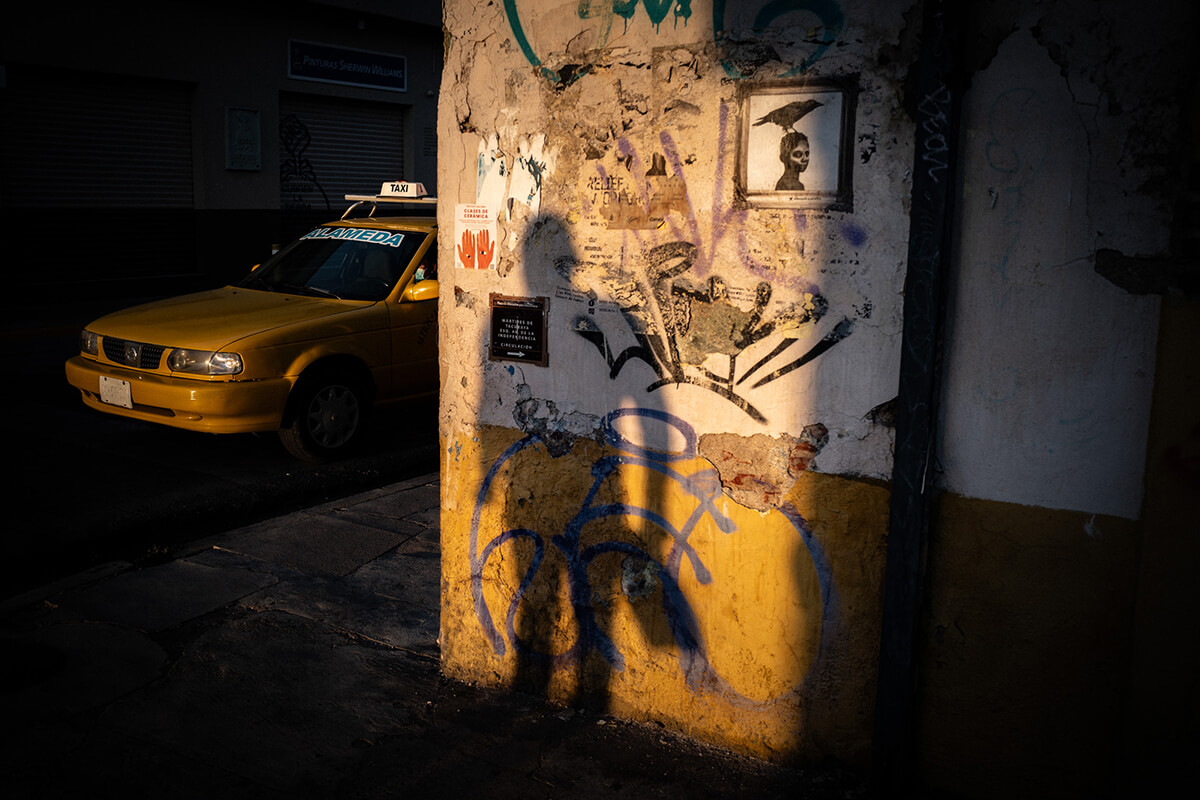INTERVIEW
Unconscious Order
WITH SATO KAM
AN INTERVIEW WITH SATO KAM
“Then comes the time of going out with a camera following one angle, one idea or even just an emotion. While shooting, I don’t think anymore, I just express what my consciousness has not yet fully organized.”
Sato Kam won 1st Prize in last year’s Humans of the World competition with an image judge Martin Parr praised for its dark, surreal and intriguing atmosphere.
It’s a shot that’s only partly indicative of Sato’s wider portfolio – one that subject- and genre-hops quite unexpectedly, and that integrates traditional photography with computational experimentation. Intriguing is certainly the word. And so keen to discover more we put some questions to him – about his approach, his dream project, and his perspective on AI image-making tools…
Dear Sato, congratulations on winning our Humans of the World competition! What did you make of the judges’ comments?
Thank you very much, I really appreciate the opportunity I had to share my work and am so glad to have received this Award. All the more so as I am a huge fan of Martin Parr, so his comment was received as a gift from the heavens.
It’s a strange and magnetic shot – one that Martin Parr praised for its surreal atmosphere. Can you tell us a little more about the image itself and the circumstances behind it?
I was travelling in Costa Rica with my family for vacation. We would visit different places to discover the incredible fauna and flora of this country. This picture was taken at the foot of the Arenal Volcano, precisely at the La Fortuna waterfall. I was about to go for a swim and as I was approaching and observing the human activity of all these vacationers, I grasped that magical instant. My son is actually also in the picture!
How would you describe your photographic style or approach?
Over the past few years, I have developed a very diverse portfolio. My photographs attempt to capture not only the moment but also the deep essence of the subjects treated, in line with the journalistic documentary values of truth and integrity. I am constantly exploring, and although documentary photography is very dear to me for its necessity, I have built myself and continue to be playing and combining the codes of documentary, portrait, fine art, and street photography. Overall, my approach is deeply anchored into my surrounding reality and my interpretation of it “in the moment”, so that I rely a lot on my intuition and instinct when shooting.
I note a phrase I read you say: “I am stubbornly seeking to express what my conscious mind has not yet organized.” How does this manifest in a new project? Where do you begin?
I think to be able to create and bring something unseen or at least intriguing, I need to be in an uncomfortable place, or not too comfortable. So I read a lot on photography (like a lot), I read the news and I observe what is going on in our crazy world, either in my neighbourhood or on the other side of the planet. This really is the first step which is feeding my subconscious one way or another, but I let these feelings and influences wear inside of me, without really overthinking them. Then I write things down, either ideas or emotions, sometimes through automatic writing. I start to have images in my mind, not knowing exactly what they are nor what they represent. Then comes the time of going out with a camera following one angle, one idea or even just an emotion. While shooting, I don’t think anymore, I just express what my consciousness has not yet fully organized.
What was your route in photography?
Very bumpy, spotty and painful! I held my first camera at the age of 14, a Canon A1 given to me by my father. I was immediately hooked and photographed everything I could see for the next 10 years. Totally unthinking and unstructured street photography. I learned a lot, both technically and behaviorally, especially how to take good photos with people. As my upbringing didn’t fit in with a photographer’s lifestyle, I went on to study science and economics and, in frustration, hung up my camera for 15 years. Until three years ago, during a serious personal breakdown, I realized I had to return to photography and fully embrace this passion. Photography really saved me from a serious depression. It has become almost vital for me, as it allows me to face reality and be part of this world.
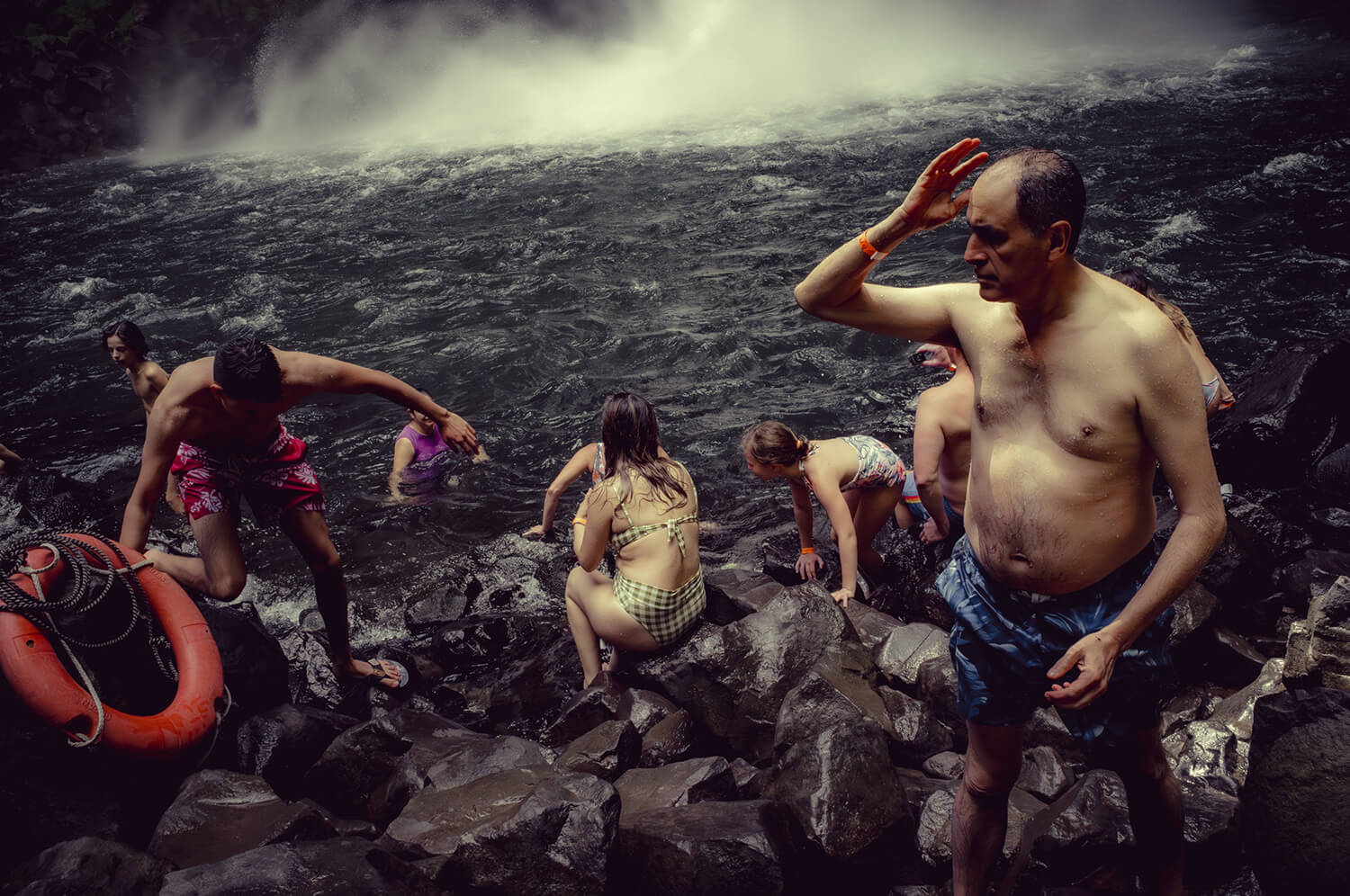
SATO’S WINNING HUMANS OF THE WORLD IMAGE
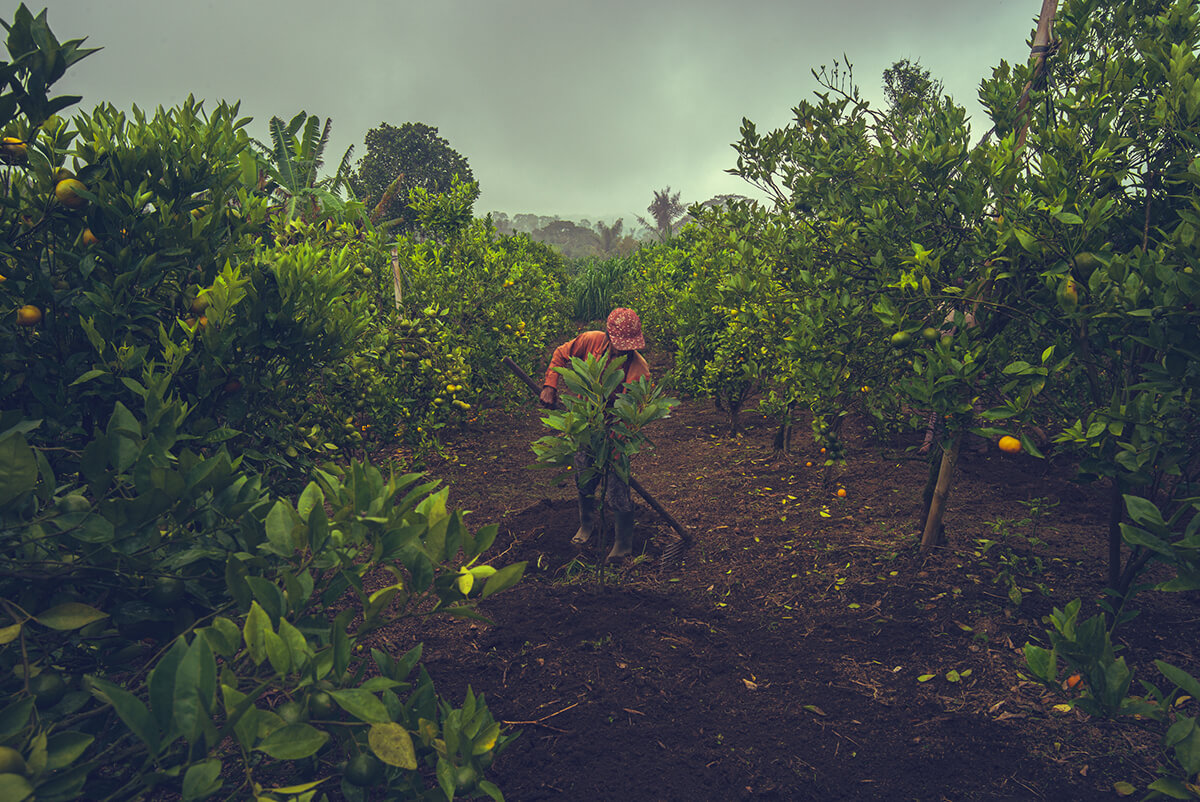
FROM THE SERIES KINTAMANI FARMERS
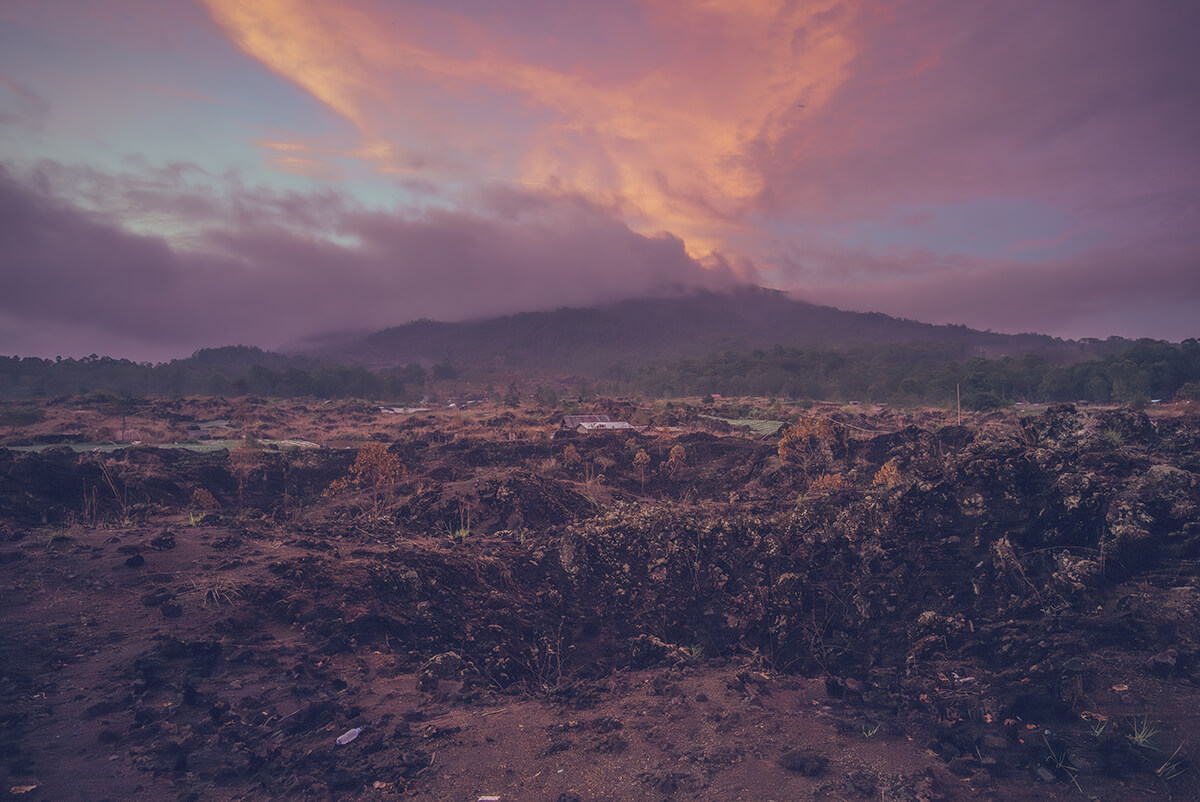
FROM THE SERIES KINTAMANI FARMERS
You’ve recently been playing with AI tools. What’s your perspective on how they compliment, challenge or threaten the work of the photographer? Are you excited for photography in this “AI age” or concerned?
As a PhD in Math and Economy I understand AI very much because I have built it, I have used it and I have managed its risks (in particular ethical ones) for various businesses. Hence I know an AI is simply a mathematical model ingesting data and spitting other data in a way that a human has planned. There is actually no “intelligence” per se in today’s AI.
As a photographer and an images lover (still or moving), I am a huge fan of the possibilities AI tools like MidJourney open. The artist community keeps growing and we can see really compelling approaches and creations being published. However this is not “photography” of course, no light is being imprinted on a sensor at any point of the process. On that note I do prefer the term “Post Photography” than “AI Photography”, it is broader (including all forms of still visual arts) and does not have “AI” which I actually hate to use because it is so loaded and unclear. So what could photographers do with it?
First of all, I’d temper the frequent argument that there’s little or no creation in Post Photo or that it doesn’t require any effort. In my opinion, it’s more subtle than that. You still have to think about the project, the message, the story, the atmosphere, the style, the light, the audience, etc. A large part of the creative process remains. What’s more, LLMs (which are language models used to interpret the text prompt) aren’t so easy to tune; it’s a painstaking, repetitive and precise job that requires true dedication and consistency to come up with a solid artistic proposition.
Then, l would underline once more that so-called “Generative AI” is a mathematical process of more or less complex modifications of data points (pixels and metadata) from “real” images (in the sense obtained through the traditional photographic act). Building a robust generative model demands an abundant quantity of “real” images. This means that, in order to advance Generative AI and make it a more “realistic” tool (if that is the intent at stake), we need to continue supplying it with raw images that are ever more varied (avoiding ethical biases), more different, more or less accomplished in terms of composition and quality. And in this sense, post-photography will always need reality to be realistic!
Moreover, I don’t think it will ever replace photography and the act as we know it. It offers a new creative trajectory that gives rise to an artistic genre and exploration in its own right. In this sense, post-photography will certainly overshadow certain genres such as conceptual or fashion photography, but others will be strengthened by it in my opinion, such as documentary or long-form journalism.
And what if the use we make of post-photography were to deviate precisely from any attempt to replicate reality? We could also just use it as a complete surreal and imaginary creation tool (although ethical biases do need to be addressed anyhow). What some visual artists are doing today (cf. ObscuraDAO or FellowshipAI for instance) is very much outside reality, in a totally assumed way, like a close extension of the surrealist movement.
Finally, like everything else, we could just as easily “consume” this new tool as image fast-food and do nothing else with it, taking care not to improve it and keeping it behind closed doors of a certain “other” reality. To each her/his own responsibility and sensibility.
Again, if the aim is to create a visual universe that conveys emotions and stories, after all, it doesn’t really matter what the method is, does it?
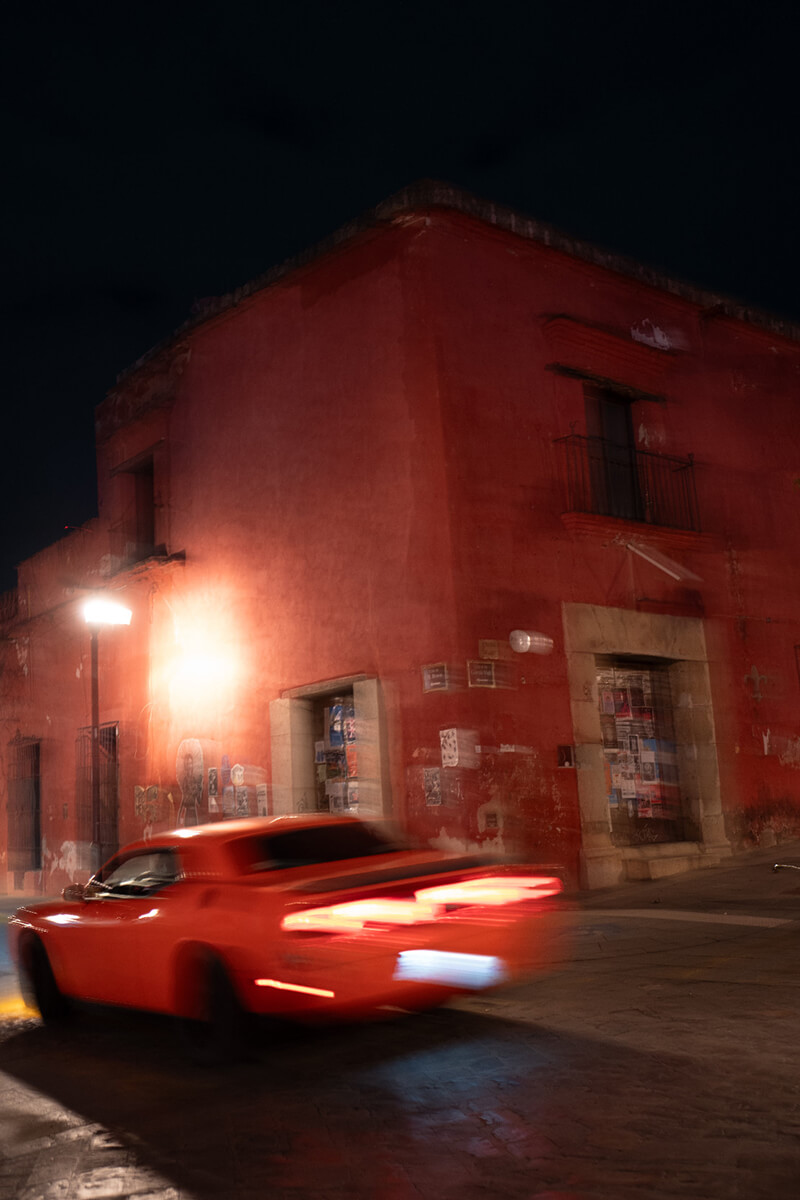
FROM THE SERIES NO GOOD OR BAD WAY TO BE ALIVE
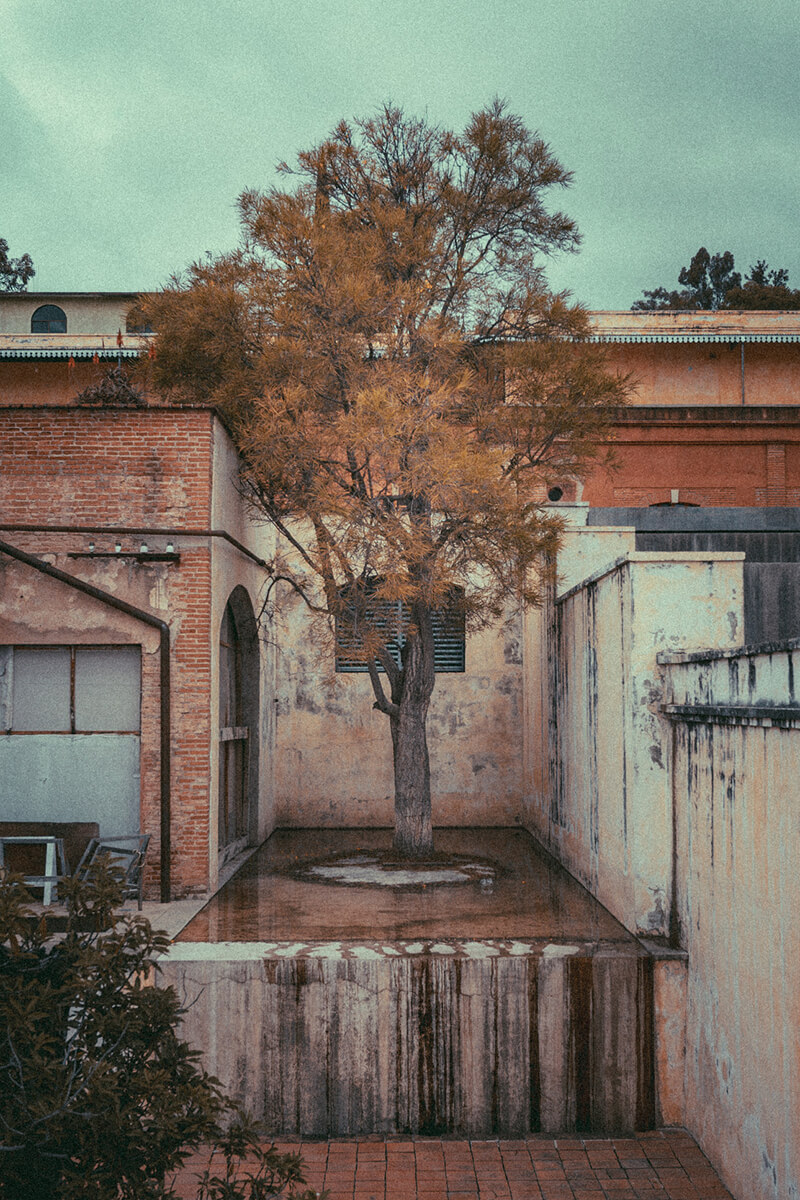
FROM THE SERIES NO GOOD OR BAD WAY TO BE ALIVE
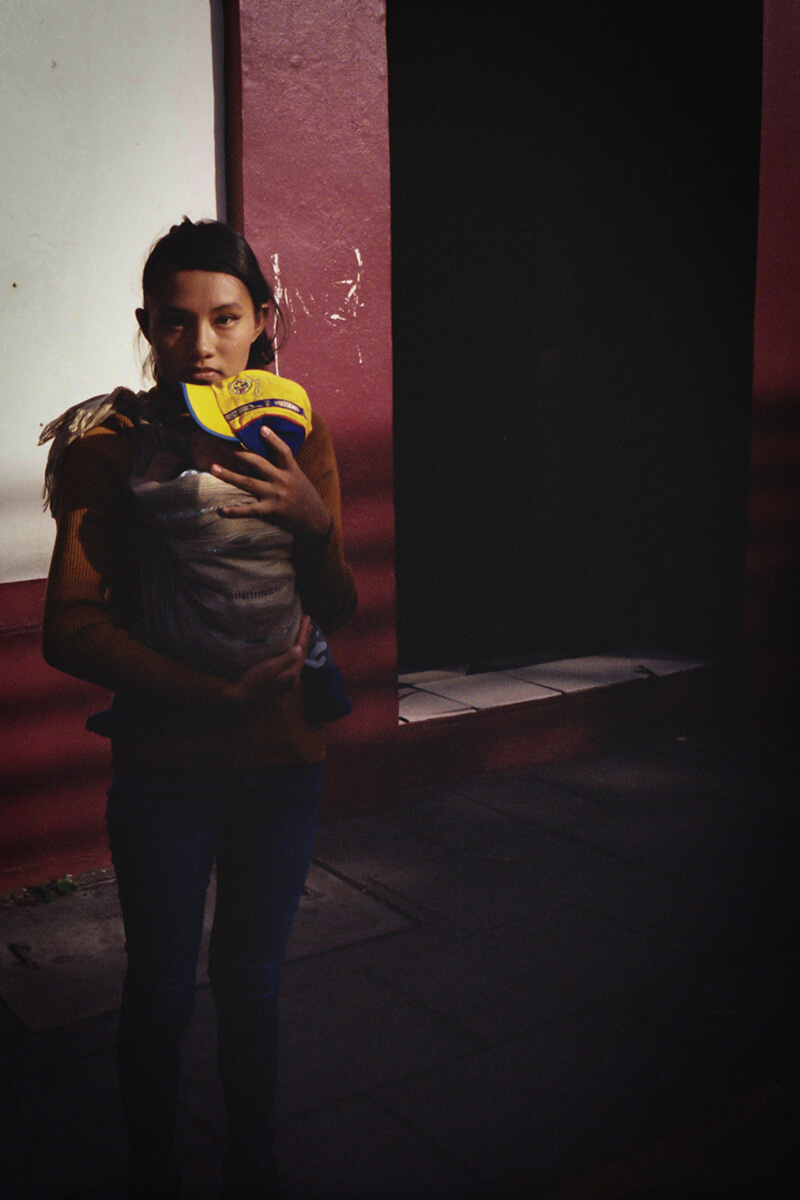
FROM THE SERIES NO GOOD OR BAD WAY TO BE ALIVE
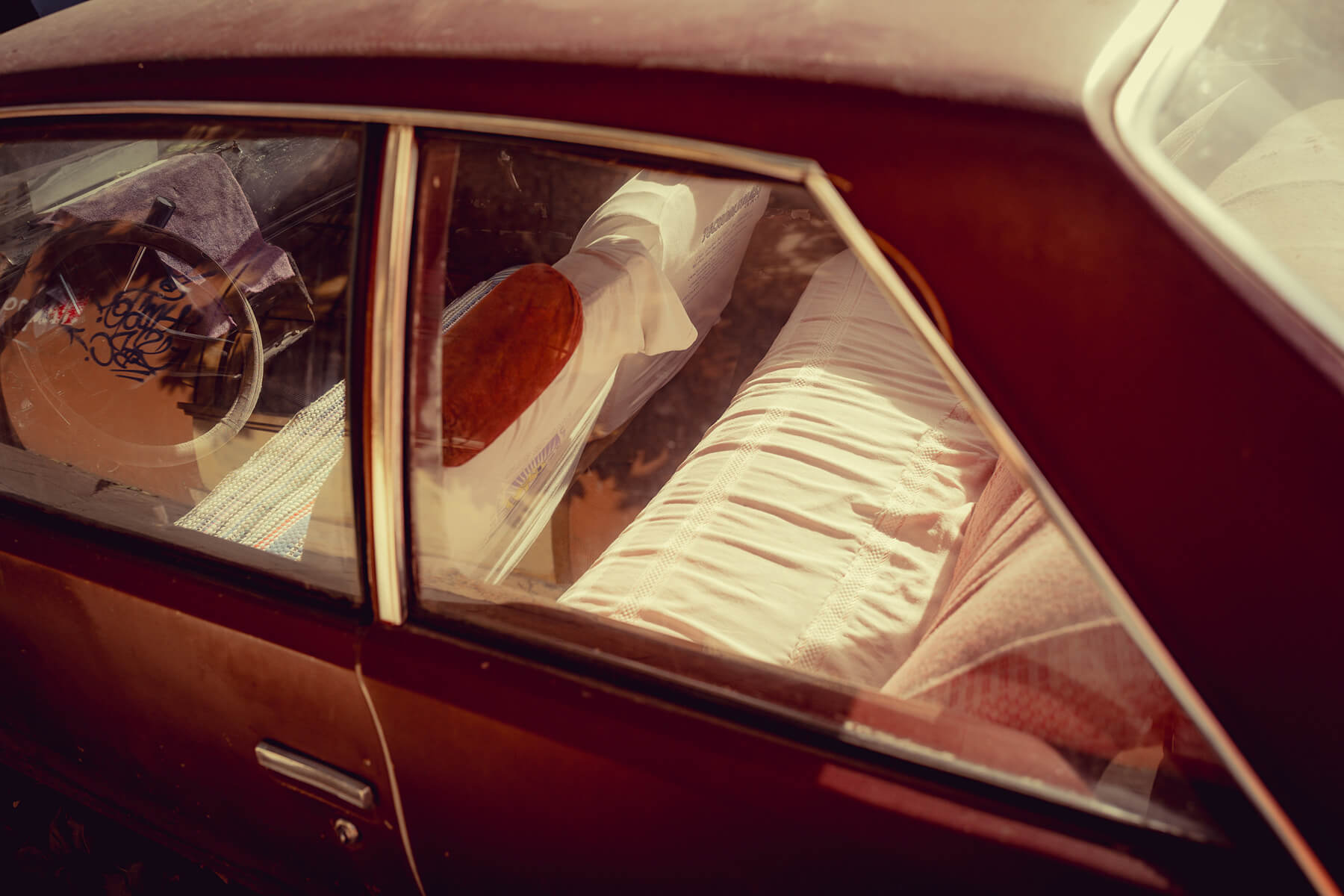
FROM THE SERIES NO GOOD OR BAD WAY TO BE ALIVE
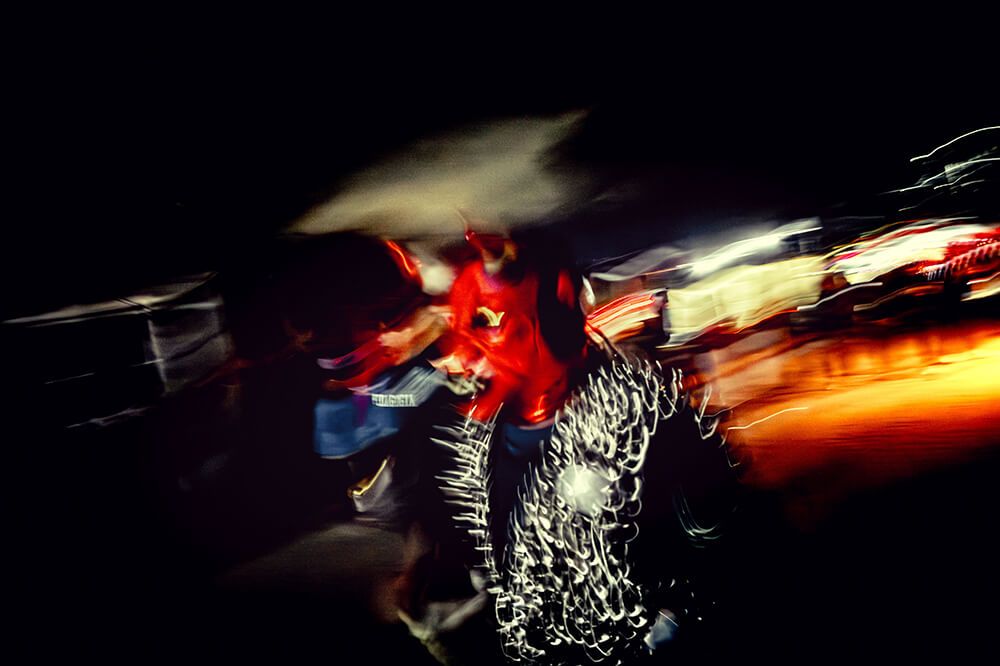
FROM THE SERIES NO GOOD OR BAD WAY TO BE ALIVE
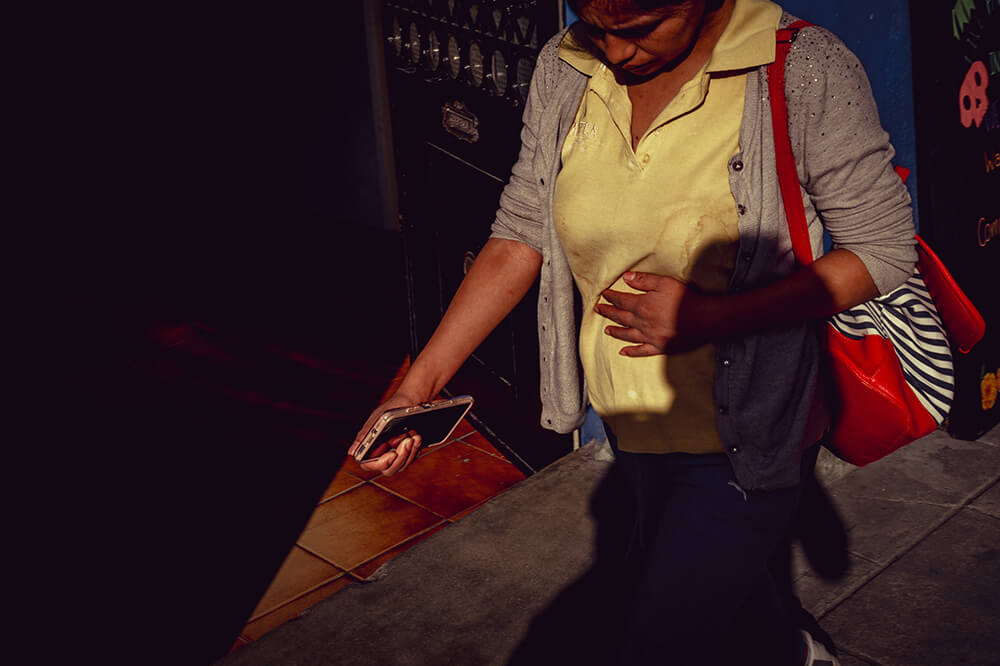
FROM THE SERIES NO GOOD OR BAD WAY TO BE ALIVE
Your most recent work “No Good or Bad Way to be Alive” was shot at Dia de Muertos, Oaxaca, Mexico, in collaboration with Magnum Photos. Can you tell us a little more about that?
I had the great chance to be selected by Magnum among 14 other photographers for a workshop in Oaxaca, led by Antoine D’Agata. It was an intense 8-day of creative thinking, introspection and research on Oaxaca’s traditions. We would shoot 5-6 hours per day, by day or night. Antoine asked us to go deep inside ourselves and find the emotions we wanted to connect to and convey through our photographic act. The whole atmosphere of Dia de Muertos was cathartic in that regard. An incredible experience which taught me that my photographic approach required a lot from myself, emotionally and physically, and that good creation can only be made through exertion.
Aside from your winning image, can you tell us about a shot you’re particularly proud of?
Yes, it is a shot I made as part of my work with the autochtone First Nations community in Montreal [below]. It is a portrait of a sort I took of Bob and Mary, in the street, while they are having a smoke. It is the first time I met them, I was sitting down with them as we were getting acquainted. This shot represents a lot of what I consider good street and portrait photography: it is spontaneous, dynamic, emotional, contrasty and even a bit strange or frightening. It reminds me of some of my classic influences such as William Klein and Daido Moriyama or even Bruce Gilden.
What’s your dream project, if it’s possible to say?
My dream is not so much about the project itself but more about its impact. I dream that my photographs always have more purpose, more emotion, and more impact. The most important question for me yet to be answered is how I could and should make someone look at my photographs and think or act for the better.
What’s the best piece of advice you’d pass on to your younger self if you could?
Go out there and shoot. Anything, anywhere, at any time of day and night. Do not think too much. Trust your instinct. Believe in yourself.
And finally, what are your plans for 2024?
Keep experimenting. A lot. All forms of photography. Keep believing in humanity. In spite of everything, we can do good. Keep building my personal legend. Keep spreading love and consciousness around me with my photography.
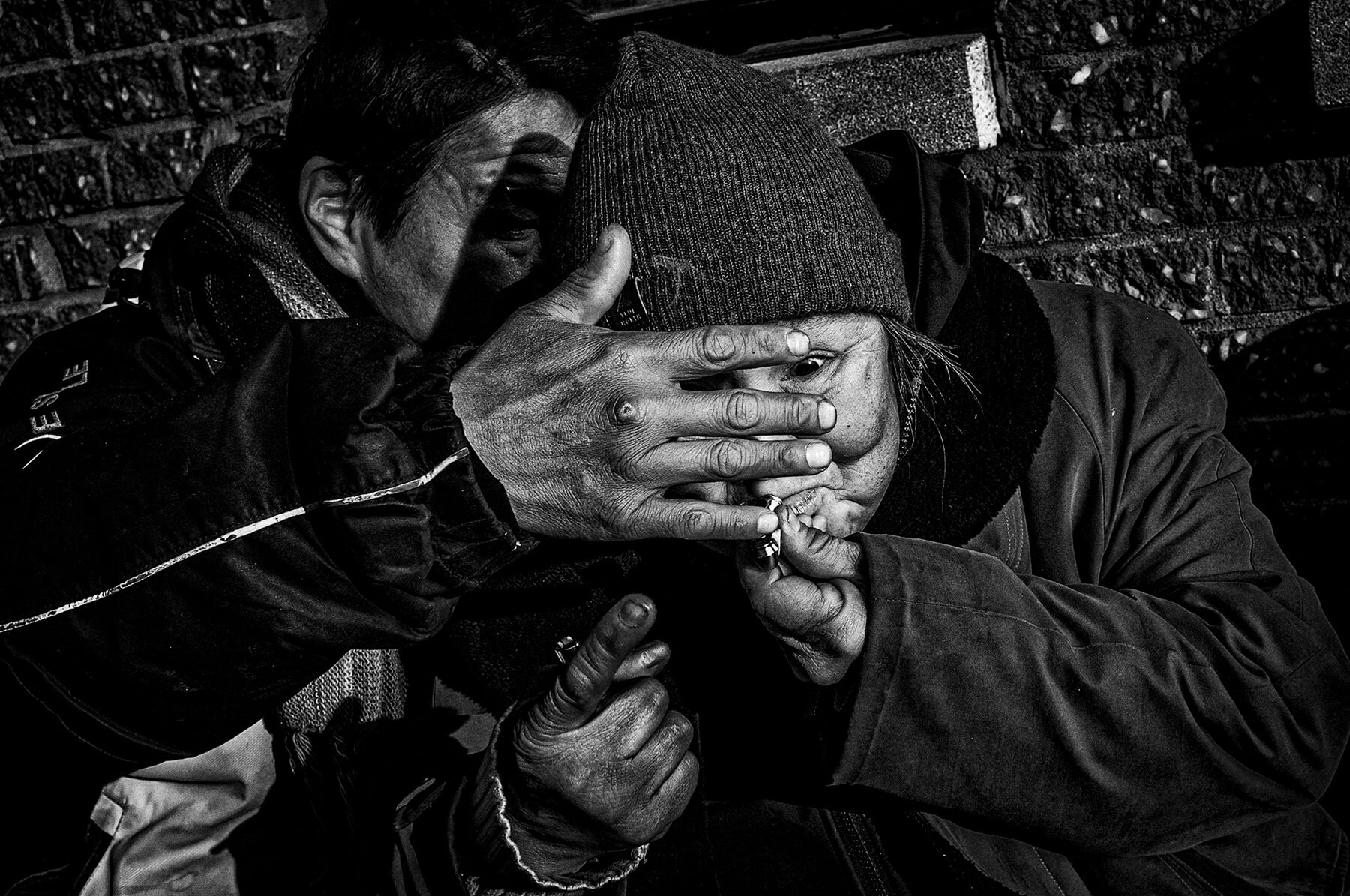
SATO’S FAVORITE SHOT, FROM THE SERIES LOOKING FOR MARY
